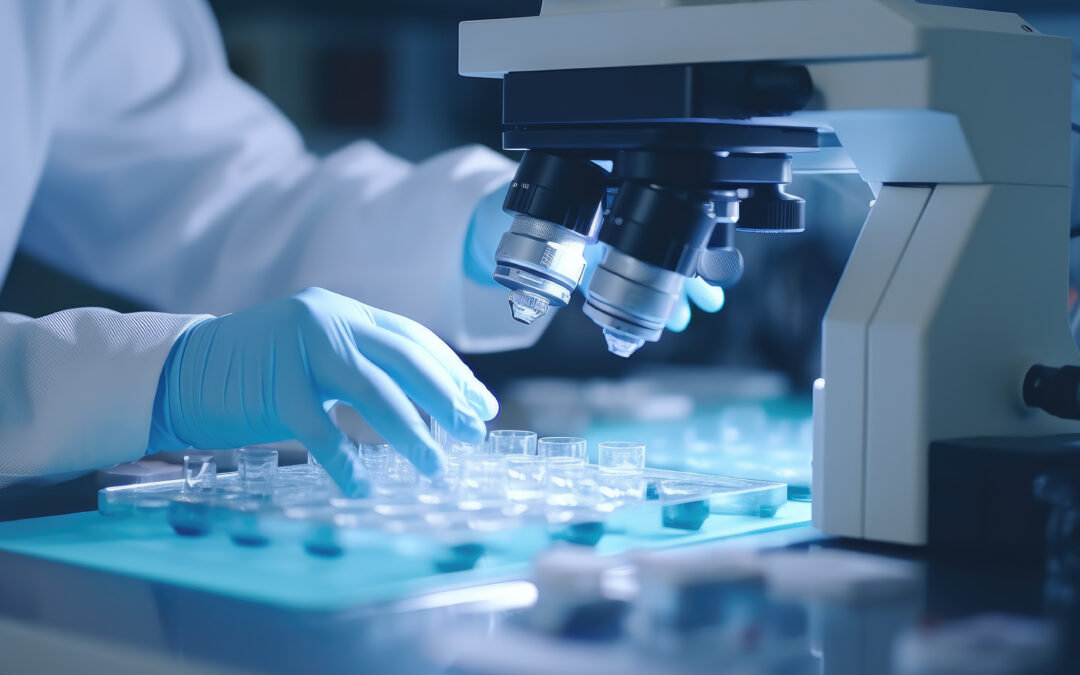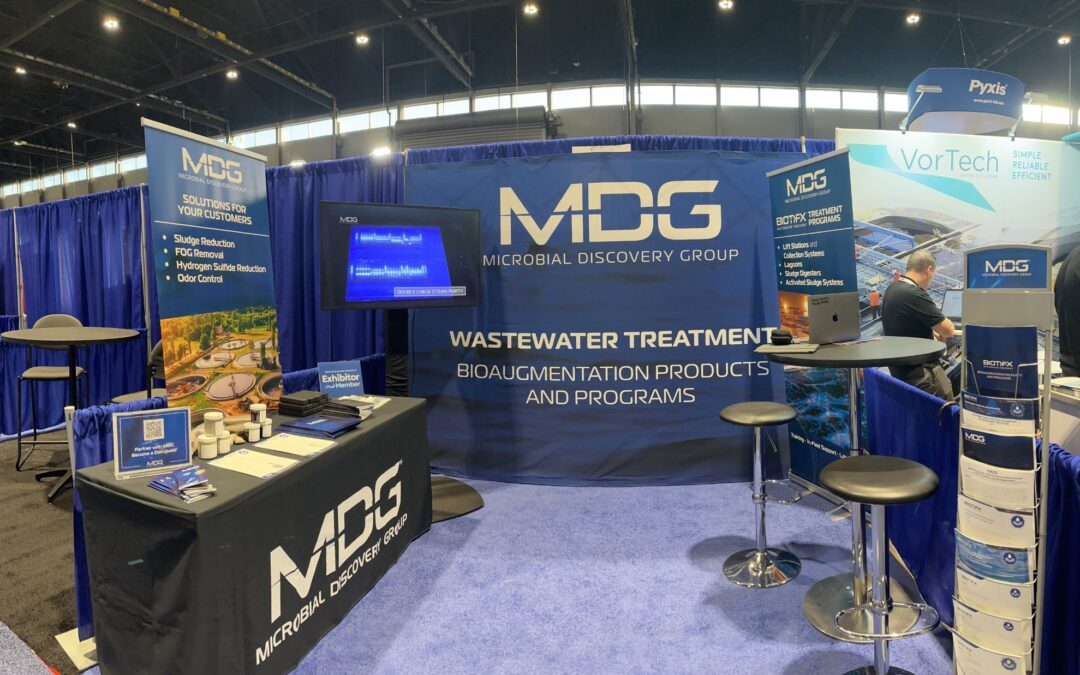For many of us, our day-to-day lives have changed quite a bit since the start of the coronavirus pandemic. We learned how to work from home, physically distance, use Zoom, cook homemade meals and use lots and lots of sanitizers and disinfectants. With the increased usage of these powerful cleaning supplies and washing them down drains, wastewater facilities are challenged with keeping their system’s natural ecology in balance.
In our first article of this series, we explored how this is not a new problem. Many wastewater ecosystems face daily attacks on their microflora due to routine industrial activities.
The solution for resolving these toxic upsets? For a growing number of facilities, it’s bioaugmentation, a wastewater treatment that augments a system’s natural ecology to help combat disruptions from harsh chemicals.
Four Reasons Why Bacillus are So Effective
The primary ingredient in bioaugmentation products is a type of bacteria from the genus Bacillus. It’s very effective at restoring wastewater back to its original state after being contaminated with oxidizers like bleach, hydrogen peroxide and peracetic acid because of four main characteristics:
Bacillus produce hardy spores.
Like seeds of a plant, Bacillus spores are tough. They can survive in low to moderate levels of oxidizers and will endure if some of their grown or germinated comrades don’t make it. In most wastewater systems, oxidizers are quickly bound or made less toxic by nitrogen compounds and soils, so the germinated Bacillus just need to survive long enough to overcome the fast and temporary harm from oxidizers. The rapid germination and growth of spores provide additional responsiveness after an oxidizer toxic upset.
Bacillus have high (enough) numbers.
Most people are impressed when they find a sanitizer or disinfectant that kills 99% of harmful bacteria. Looking a little closer, if you had a total sample of 10 million bacteria – harmful or not – the sanitizer would still leave behind 100,000 bacteria. We usually find Bacillus solutions in wastewater at levels of 5,000 to 50,000 CFU/ml, so a sanitizer that kills 99% of bacteria would leave behind 50 to 5,000 CFU/ml of bacteria. Since this is per milliliter, a 10 million gallon per day wastewater flow would have 3.8 to 38 trillion bacteria left behind to reseed and grow in the recently upset system. This provides good residual augmentation numbers to help with toxic upset recovery and gives time for the natural flora to readjust.
It’s also important to keep in mind that bacteria in spore form would survive at higher numbers and the oxidizer would lose a good amount of killing power by the time it hits the wastewater due to it being bound by nitrogen compounds and soils.
The reason we say Bacillus have high enough numbers to survive after being exposed to oxidizers is because we need to avoid adding too many. Judging by the high costs some facilities face from dredging fats, oils, grease (FOG) and sludge every few years, the native bacteria in wastewater systems tend to not be as interested in the nutrient gold mine of FOG and sludge. When we add Bacillus who thrive on these materials and help reduce dredging costs, the activity is complementary to the ecosystem and they’re not added in numbers that would cause a disruption.
Bacillus grow very rapidly.
With a doubling time of 20-30 minutes, Bacillus spores and bacteria grow and replenish rapidly back to original numbers after being exposed to an oxidizer. Many critical native wastewater microflora can take hours or even days to double. The responsiveness of Bacillus to get back to original levels after a toxic upset helps hold down the fort until the natural flora can restore to significant numbers.
Bacillus grow well in environments that are impenetrable by oxidizers.
Rather than seeping into biofilms or sludge, oxidizers usually get as far as the surface before quickly getting bound up or converted into less lethal compounds. Many Bacillus species naturally seek the anaerobic environments of biofilms, sludge and FOG because they are great sources of nutrients for their growth and survival. This environment protects them in a way, leaving them as a “planted seed” for helping a system recover from toxic upsets.
Bacillus Have Your “Bac”!
While the use of sanitizers and disinfectants may have increased during the global coronavirus pandemic, wastewater systems have faced regular upsets for many years. Using a Bacillus bioaugmentation treatment like Biotifx® will help your facility recover from oxidizers like bleach faster and in an environmentally friendly way. As we discovered, this is due to Bacillus having hardy spores, existing in high enough numbers, growing rapidly and thriving in environments in which oxidizers won’t persist. Not only will Bacillus help your system recover from toxic upsets, but they’ll also help reduce costs and pains associated with sludge, FOG and odors.
If you’d like to learn more about what our Biotifx® solutions can do for you, please contact us and one of our wastewater representatives will reach out to you.
Stay tuned for the next article in this series where we dive into the science behind Bacillus and how they’re also resilient to non-oxidizers like the chemicals found in disinfectant wipes, sprays and other household cleaners!









